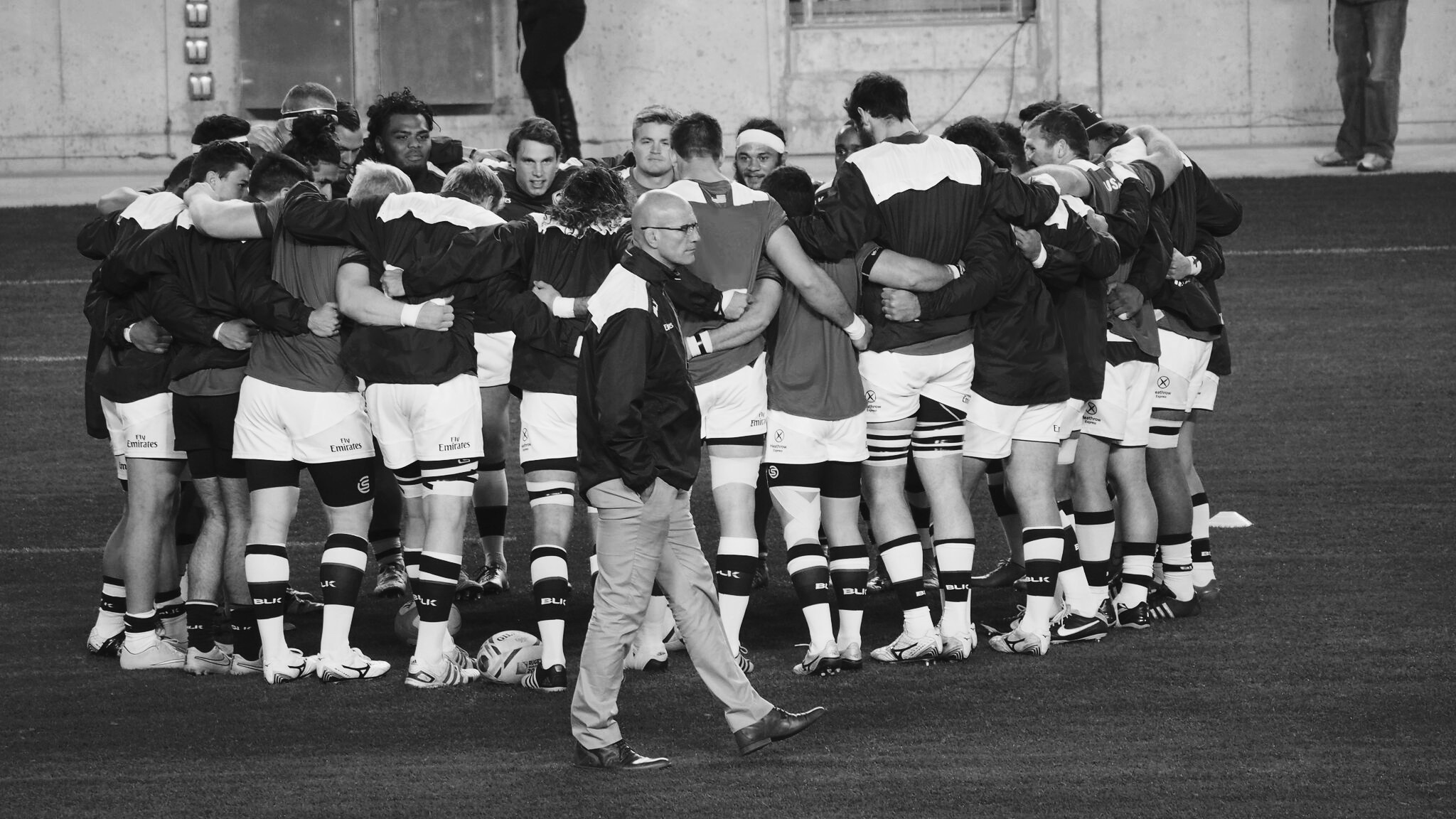Fostering Leadership Among Your Athletes
-2.jpg?width=619&name=Coach%20and%20team%20(2)-2.jpg)
As a coach, there is a difference between being a successful leader and an effective leader. There are certain skills that every coach should learn to master in order to leave a lasting impact on their players. A coach’s main job is to be a role model for their athletes and foster an environment where teamwork and leadership is encouraged and rewarded.
Coaches are constantly providing lifelong lessons for their players. Athletes look up to their coaches, so it is essential to take time to think about how you can be a better role model. Making a list of your coaching priorities and review them each day will help ensure a positive coach to athlete relationship. Here are three skills that every coach should reflect day in and day out.
1. Be knowledgeable. A coach should know how to get things done, and guide players through the necessary steps towards success. Part of being knowledgeable is being able to effectively communicate your skills to your players.
2. Be a mentor. As a coach, you should strive to inspire your players to become better athletes, be team players, and act as overall leaders. Give your athletes the tools they need to succeed and help them grow not only as athletes, but as people.
3. Be committed. Get invested in your team. It is essential to show your players how dedicated you are to their success and teach them skills that they can benefit from. Show empathy towards players, whether that’s your personality or not, and find a way to show them you care.
A large part of how a team functions depends on the coach’s attitude. The key to being successful is to give your players a reason to work hard. Challenges should be welcome and seen as something to conquer. If you are able to foster a healthy environment for your team, your players will be more comfortable with themselves and their teammates. This creates an opportunity for leaders to rise to the challenge, and for others to learn what it means to be a leader. A large aspect of this development is done through individual player motivation. If players are motivated to work, then they will be more inclined to assume a leadership position. There are multiple ways to motivate your athletes, so make sure to incorporate these in your training regimen. Examples like asking your athletes for input, keeping your athletes informed by staying organized, facilitating an environment that allows challenge, giving your athletes a reason to work hard, and modeling what you want to see from your players all contribute to the success of your team.
Both motivated players and coaches will be more likely to focus on building a high performance team. Sports teams that are considered to be elite have at least seven identifiable dimensions:
Purpose & Identity: A key question to ask players is, “Why are we here?” This provides actions to clearly specify why they exist, and for each player to evaluate what their role is on the team.
Respect & Trust: This begins by asking the question, “Who are you?”. Asking this will force players to reflect on their priorities, as it establishes a level of respect between themselves and the other members on the team.
Clear Roles & Responsibility: Athletes should know exactly what their responsibilities are on the team so tasks can be divided between players. Everyone must understand and execute their designated role so that all players are on the same page.
Commitment & Support: All athletes should have a shared vision of the future, with both individual and team goals established and updated throughout the season.
Directed Actions: There is a distinct process of steps that need to take place for the team to grow and sustain player development and teamwork.
Continued Excellence: The key question to ask players here is, “How do we continually improve?”Players must know what they need to do in and out of season in order to maintain and further their strength and skills.
Vitality & Resiliency: The team should know how to overcome obstacles without defeat, take actions to increase team positivity, and handle success after a challenge.
Recap
Athletes who are motivated to work hard are the athletes that will rise to become leaders. At an elite level, a coach’s job is to ensure that all players have a shared vision for the future. Fostering leadership among your athletes begins with you, the coach. Establish your position right from the start and you will find your athletes are able to achieve more and develop their individual leadership skills.
Related Posts

The Best Bench Press Variation You’re...
This post is part of our Coaches Corner series with Taylor Rimmer. Taylor is NSCA-CPT, StrongFirst...

Does Powerlifting Harm Heart Health?
A recent study has discovered that a 12-week supervised strength training program (SSTP) may result...

Barefoot Running: Is It For You? |...
Run Free: Consider Less Cushion
Updated October 2020:
With more athletes looking for ways to...
.png?width=150&height=50&name=BRIDGEBLOG(1).png)

